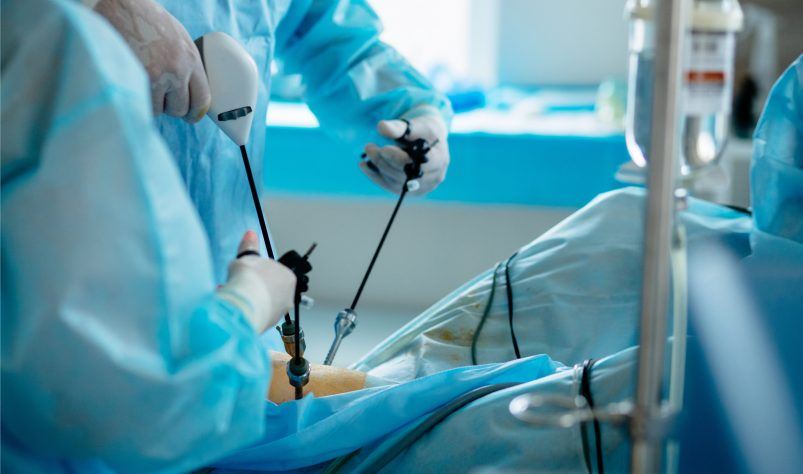Words like cardiac blockage and bypass surgery strike fear in the hearts of most people. And why would they not? After all, historically, heart ailments and heart surgeries have very high morbidity and complication rates. But there is light at the end of the tunnel, tells us Dr Sushan Mukhopadhyay, Head of the Cardiac Surgery Department, Apollo Multispeciality Hospital, Kolkata.
You must be wondering what is the light at the end of the tunnel that we are talking about. Dr Mukhopadhyay informs us about the latest in cardiac surgery advancement – Minimally invasive surgery or microsurgeries of the heart. What is minimally invasive cardiac surgery, you ask? As the name suggests, this involves a very small incision made at the side of the chest. Unlike conventional heart surgery, where the surgeon needs to cut through the bone in the midline to expose the chest cavity, here entry is gained through the muscle space at the side of the torso.
Today this procedure is fast gaining prominence and with good reason. Dr Mukhopadhyay informs us that about 95% of all commonly done procedures in normal practice can be done using minimally invasive surgery. The advantages are also significant – less blood loss and trauma, faster patient recovery, shorter hospital stay and a very small scar. There are other advantages as well for people who have certain comorbidities that increase their risk of infection, such as diabetes.
Being minimally invasive means that this is usually the preferred approach for the younger generation, to whom it has special cosmetic value to not have unsightly scars on their body. At the other end of the spectrum, this approach is also better suited for elderly patients who are frail and whose bodies are unable to cope with the trauma of open surgery.
However, a common question that Dr Mukhopadhyay gets asked often is whether all cardiac surgical procedures can be done using this approach. He assures us that it can indeed be used for valve operations, removal of cardiac tumors, repair of cardiac holes and multi-vessel coronary artery bypass grafting and many other procedures.
Currently, this approach to cardiac surgery has already been used successfully in more than 4000 cases, and has demonstrably low morbidity and infection rates. The doctor is confident that minimally invasive cardiac surgery is here to stay and will become more and more accessible to patients with time.
The article has been published in association with Apollo Hospital.










